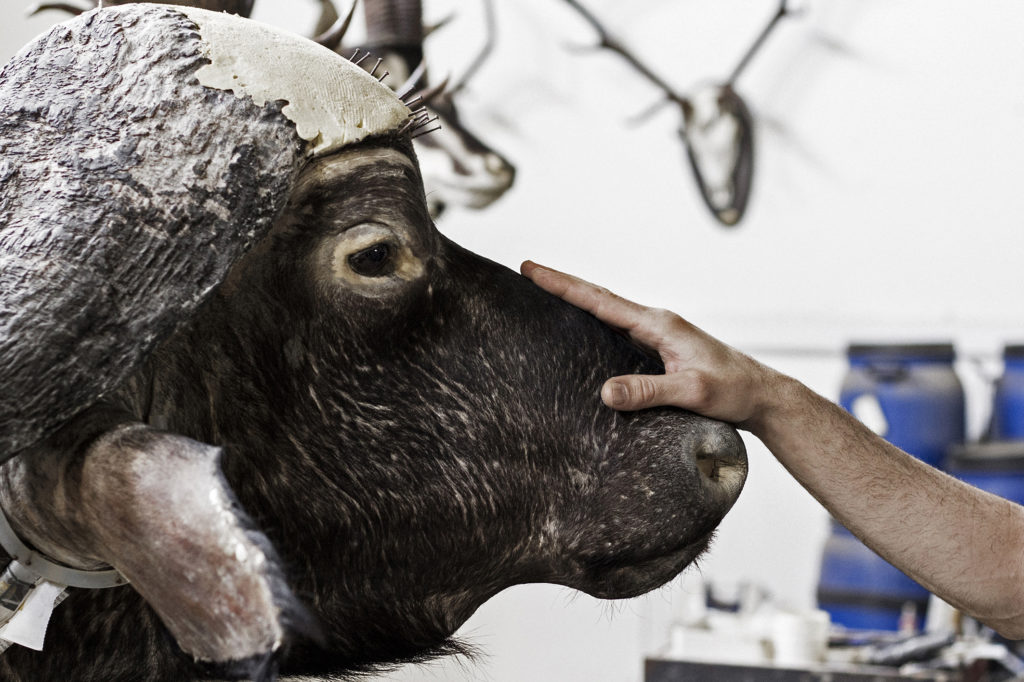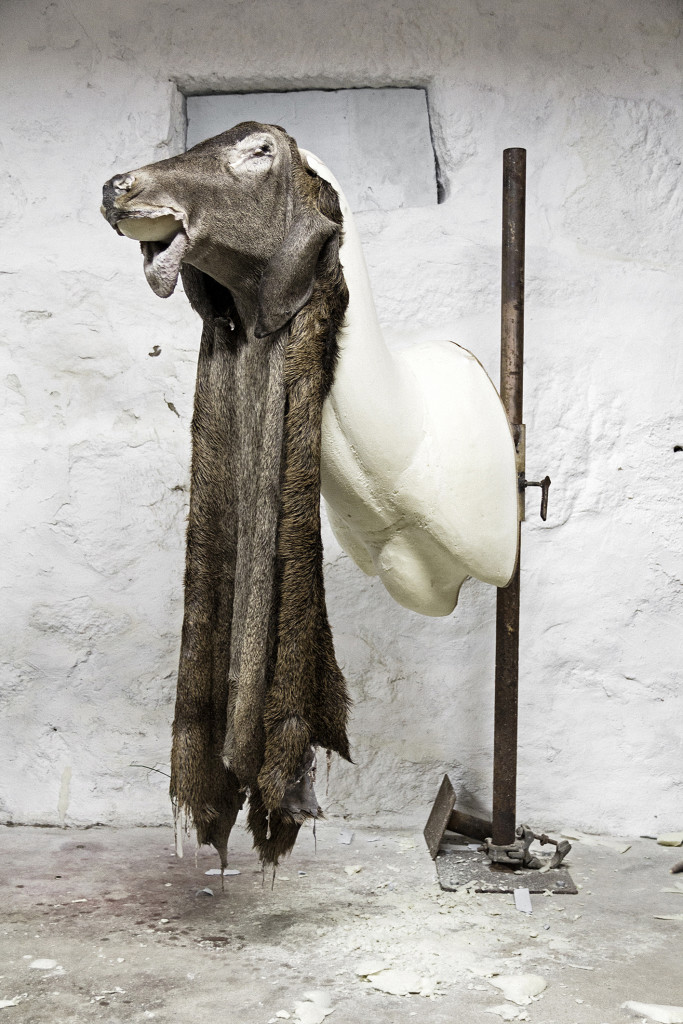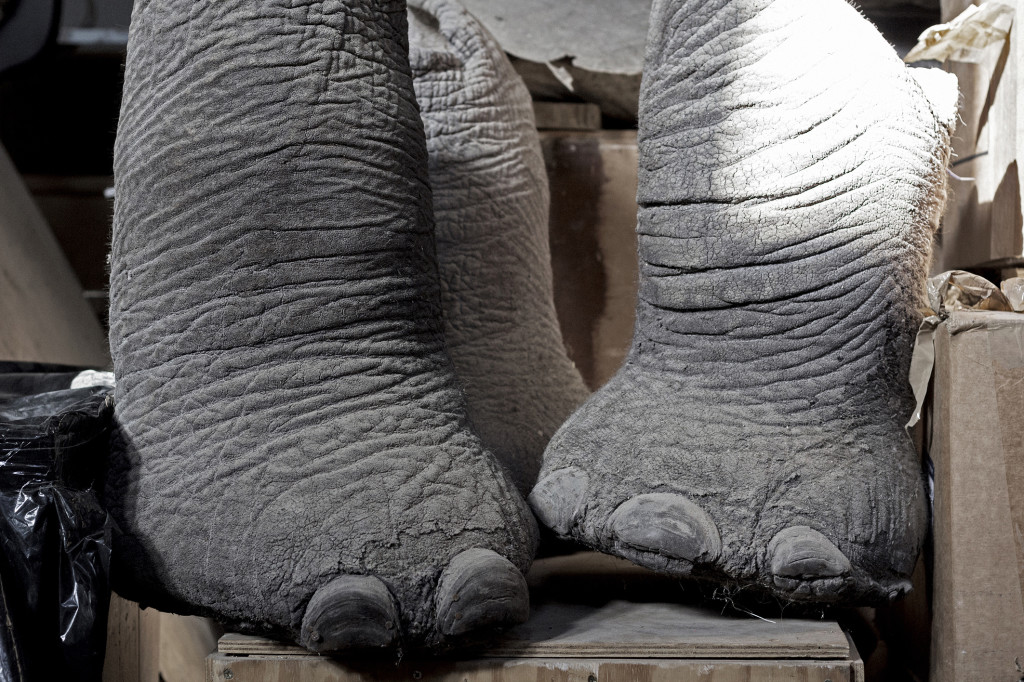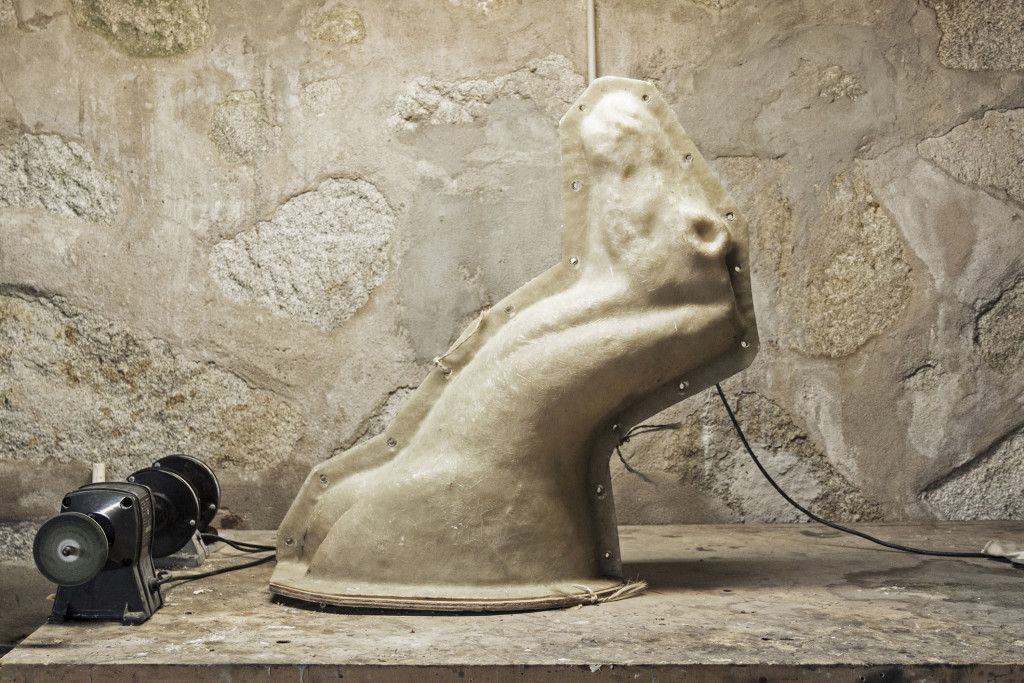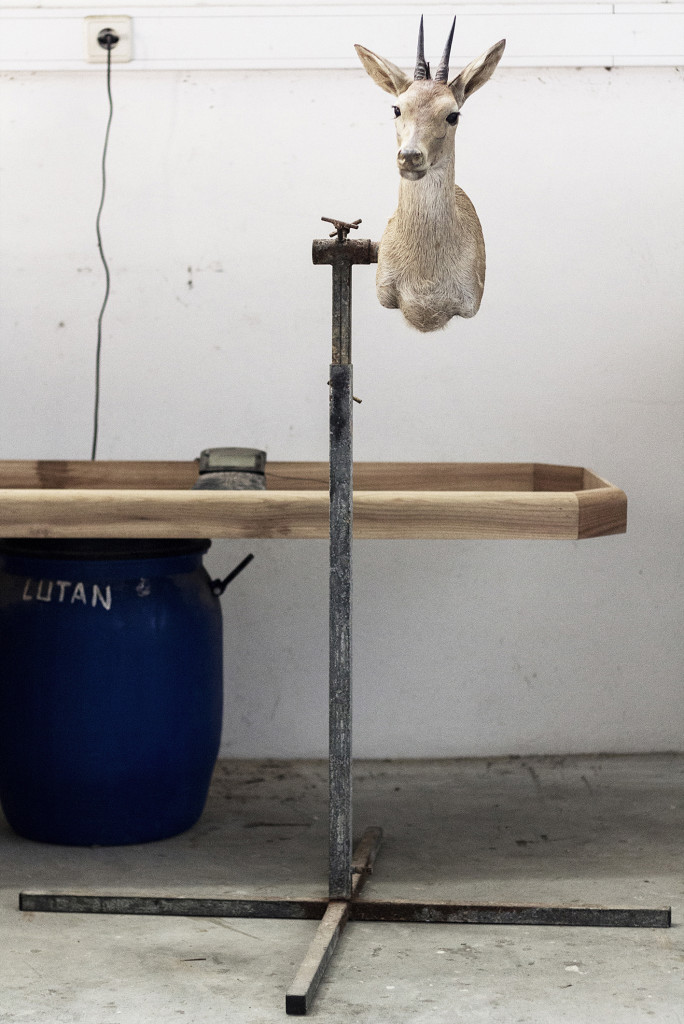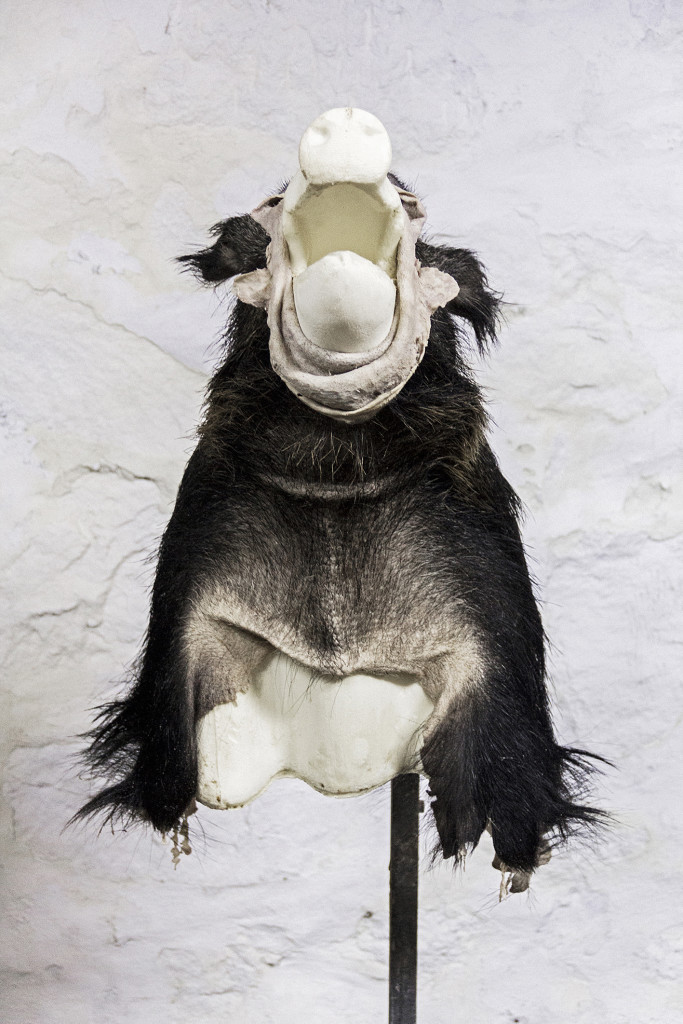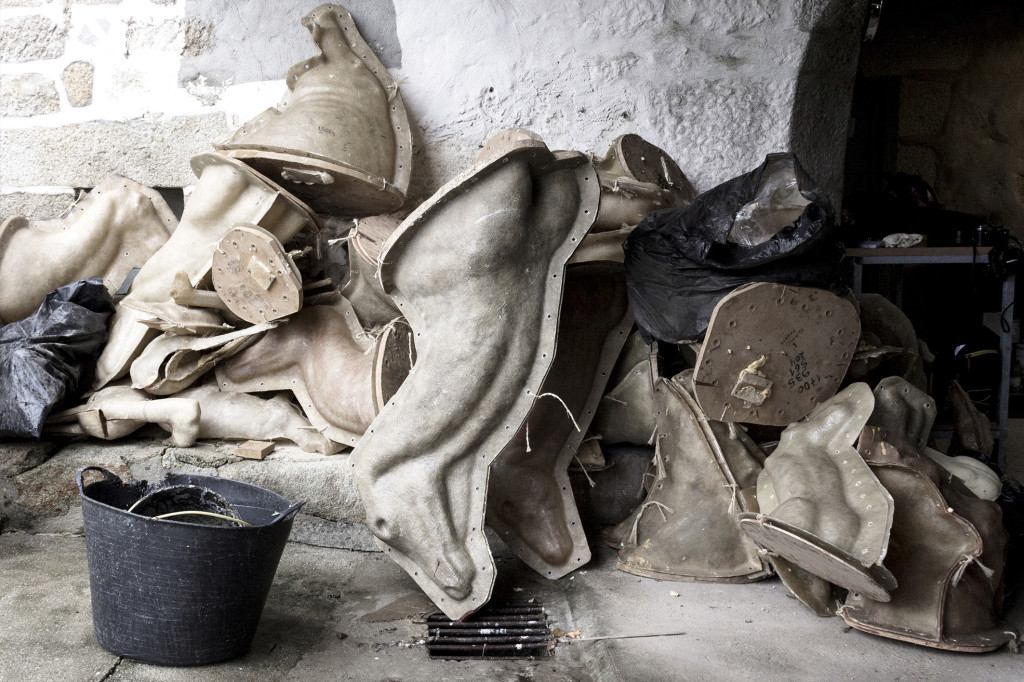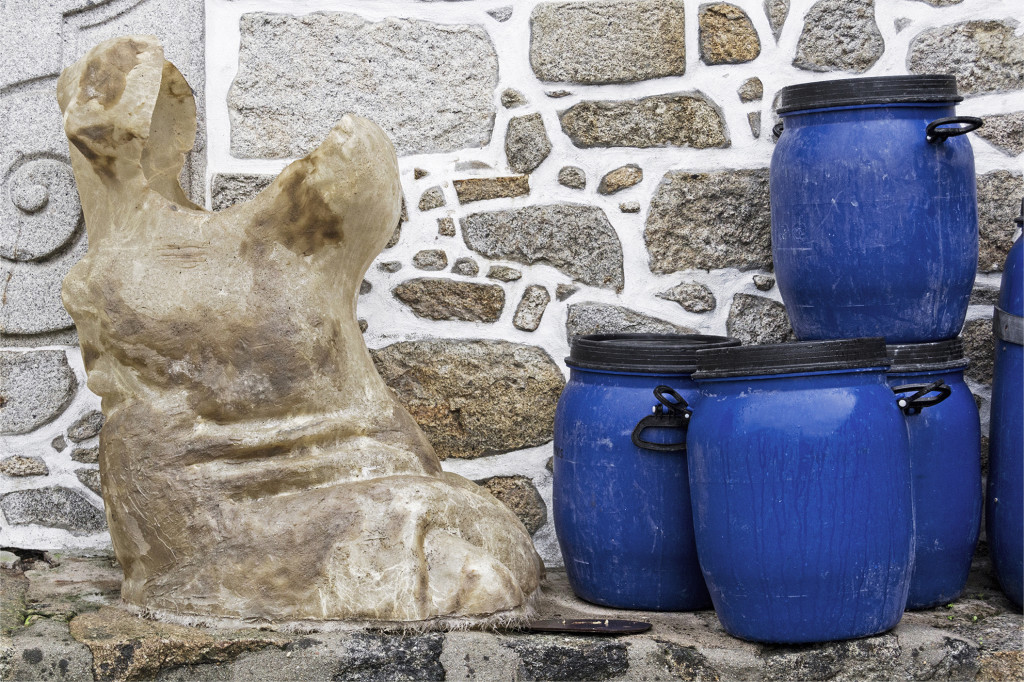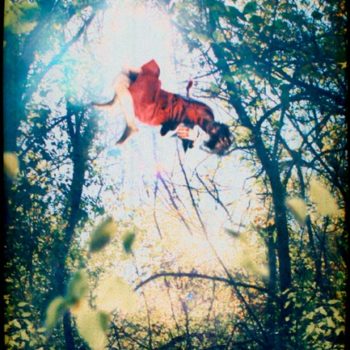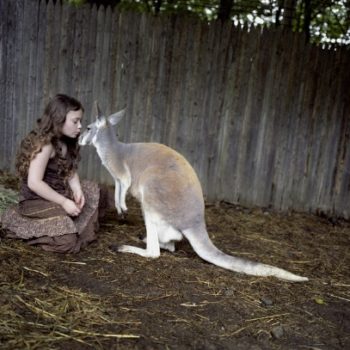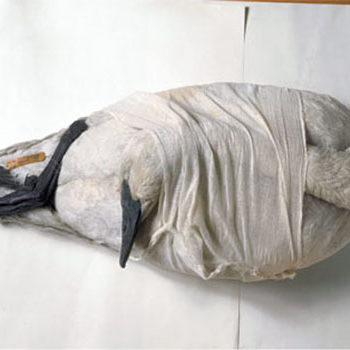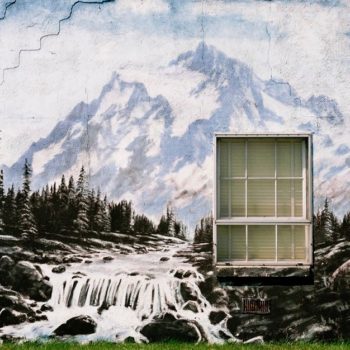While a student at the Portuguese Institute of Photography, Mariana Lopes began the multidimensional project Limbo. The photography portion of this venture, featured here, explores the engrossing process of taxidermy. Lopes’ photographs chronicle the transition from animal to thing, from an organic being to a manmade creation comprised of plaster and metal, the animal’s skin acting as the finishing touch. A similar narrative can be seen in the work of Andrew Tunnard and Rafal Milach, but what I appreciate about Lopes’ photos is the combination of the stark with the human, of the white background and the bright lighting with the human hand, when it appears. It reminds me of the care and craft that goes into the alien-, frankenstein-like product that is taxidermy.
From the artist’s statement: All organic matter follows a trajectory: life, death, decomposition and finally total material fading. Taxidermy exists because of the inevitability of life to fade, assuming an attempt to stop time. The reasons are several: personal validation of a hunter, the prize; immortalie a pet, document a species for scientific reasons, decorate a wall, causing horror… [it] is not possible, however, to dissociate it from nostalgia. In addition to death and destruction, taxidermy exposes the concerns surrounding human relations with and within the natural world; the strangeness that is to be part and to be apart of nature. Taxidermy does not deal with the idea of resurrection, but with the idea of eternity. And for that the animal must be killed. Dead but not gone, a tribute or violation of nature, an attempt to escape the question of life and death.
From “Limbo”
Visit artist's site: mariana-lopes.com
Posted June 1st, 2016

